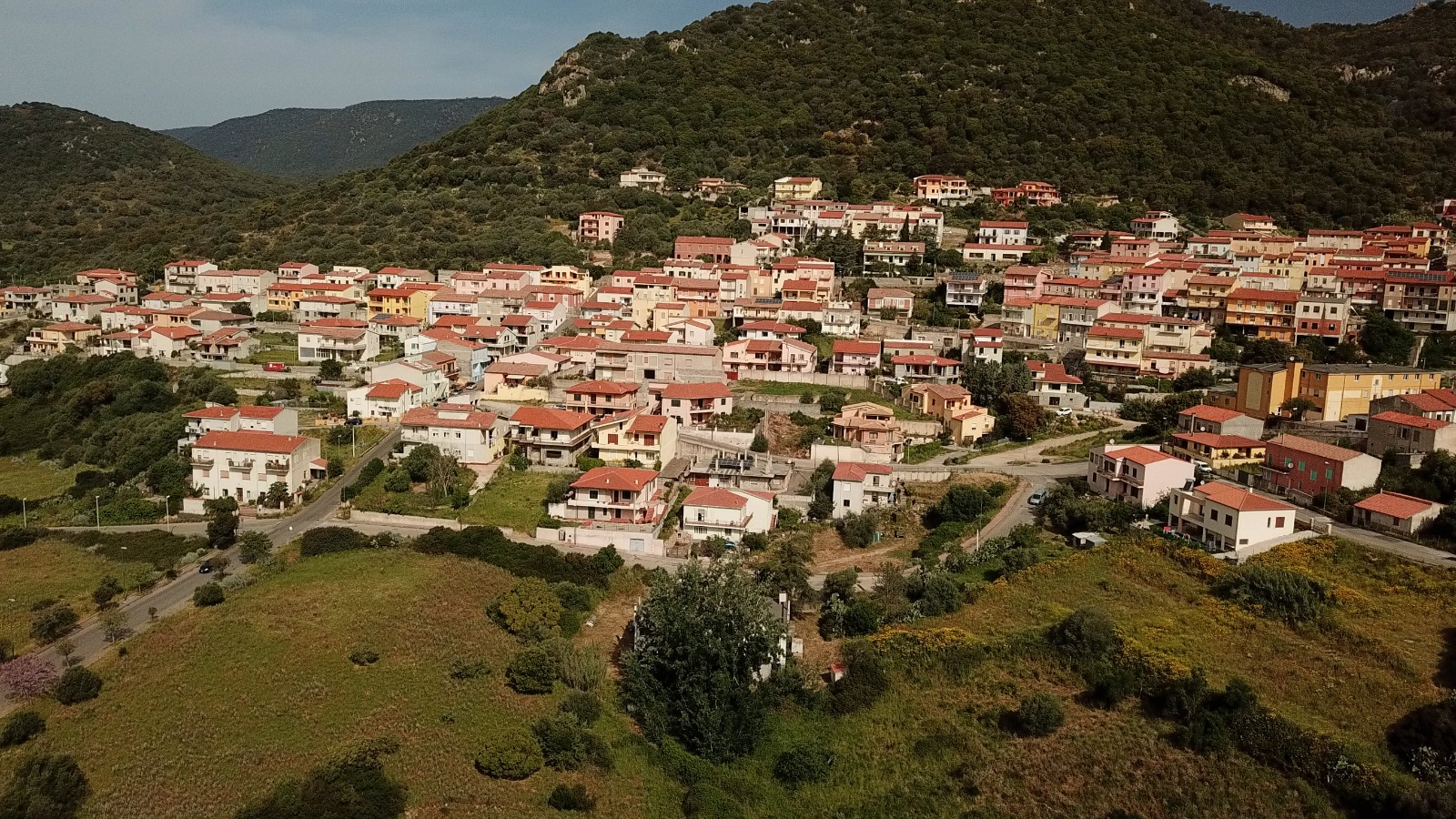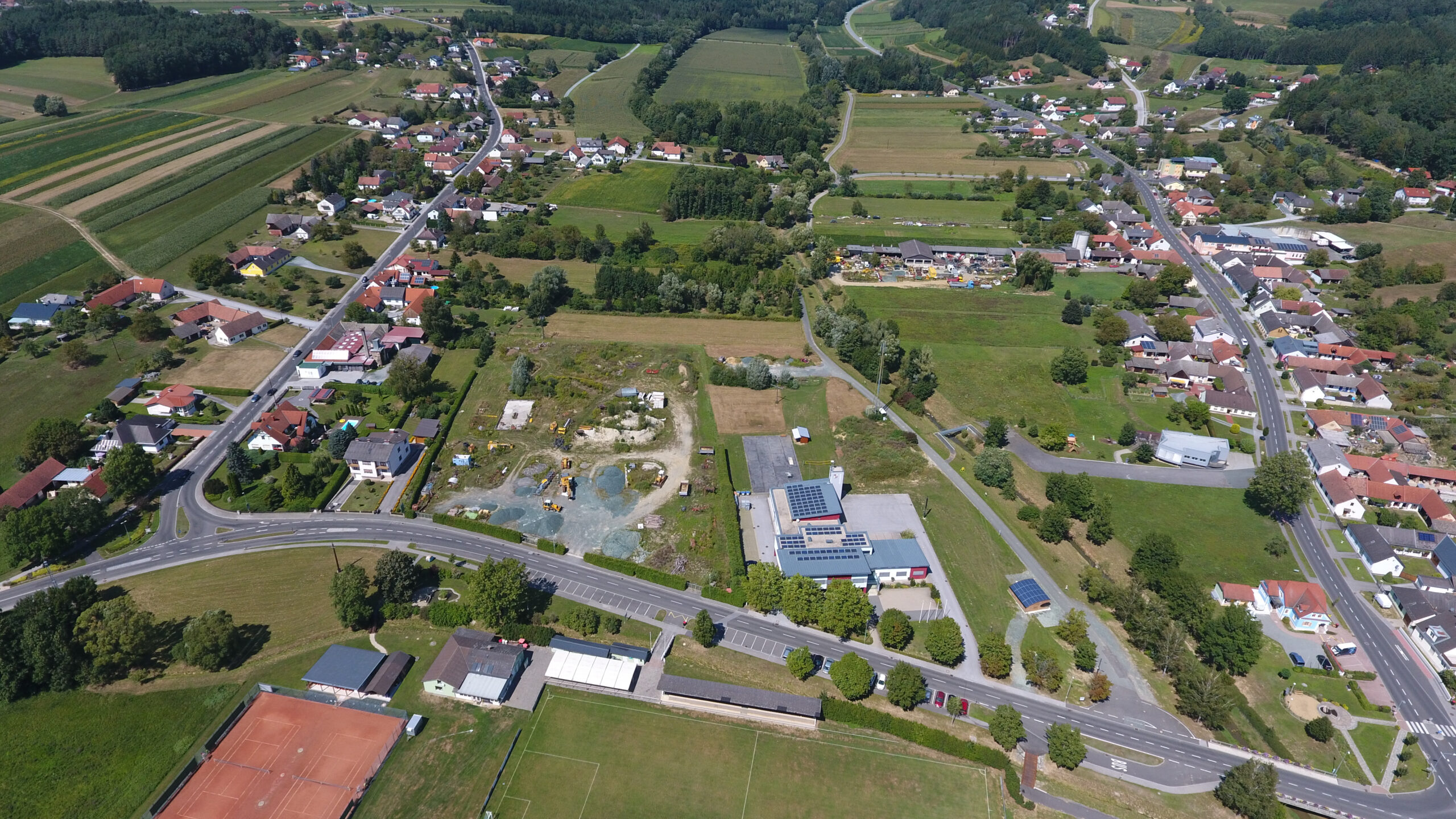

Berchidda

Berchidda is a 3000 inhabitants village located on the southern slopes of Mount Limbara, in the north of Sardinia Island.

The land covers approx. 201 km2 and it is located at an average altitude of 300 m, with a wide hilly area in a radius of almost 20km. The anthropic structures, vegetation and climatic conditions are typical for the inland areas of Sardinia, with average temperatures of 15°C. Berchidda adhered the Covenant of Mayors with the aim of achieving energy independence and reducing energy dissipation, strengthening the local economy, also through the enhancement of its excellent food and the environment and increasing the resident population, recovering in this way also the homes in decay.
Demonstration actions
Different technical and non-technical measures will be implemented in Berchidda demo site to increase their energy independence, while enhancing the flexibility and efficiency of the energy system, improving the stability of grid and increasing the penetration of renewable energy sources (RES):
There is already a strong community engagement in the area, which will be used for getting prosumers onboard for the demonstration actions and to capture the interests of citizens for the LocalRES tools. Existing community structures will be pushed one step forward to foster active and dynamic RECs in the area. By combining distributed energy resources and an actively involved community, the grid flexibility and self-reliance on the island are expected to be enhanced, while generating additional social and non-technical benefits.
To support the load shifting for demand response services, a community battery logic will be developed, which will help to optimize the planned investment for energy storage at different points across the Municipality.
LocalRES will facilitate making e-mobility a part of Berchidda’s future via the installation of charging point infrastructure, partnering with EV companies, promoting the technical capability to implement V2G (vehicle-to-grid) services and ultimately fostering e-mobility to become a marketing aspect for tourism. Thus, due to the strategic location of Berchidda between the two different tourist areas of Costa Smeralda and Alghero, the municipality has the potential to become the mid-point recharging station of North Sardinia. Furthermore, the development of an EV charging infrastructure would encourage tourism in the municipality.
As part of the project, the smartening of the grid and the energy system will be promoted, which, together with the creation of a local energy community, has the potential to greatly increase the uptake of RES in Berchidda. Thus, the active participation of citizens in the local energy community and their shift from consumers to prosumers is expected to boost the installation rate of private investment into RES and low-carbon technologies. Within LocalRES project, heat pump systems will be installed, which are expected to be coupled in many cases with private investment into solar PV. Furthermore, different public renewable energy systems are already under discussion for their implementation in the municipality.
Through the installation of heat pumps to cover the heating and cooling demand, the municipality will be able to manage part of the thermal and electric energy demand through the community batteries and the application of other flexibility and demand response measures.
Read next
Kökar
Kökar is a small archipelago municipality of Åland Islands with a total land area of 64 km². The population of Kökar island is officially 234 persons (2018), but the actual number of inhabitants ranges from 160-170 in wintertime to 1,000 in summertime. This island municipality is visited by around 18,000 tourists along the year, which results in high volatility and puts extra demand on the flexibility of the infrastructure. Kökar takes part in the CE4EUI (Clean Energy For EU Islands) and published its clean energy transition agenda in summer 2020. Furthermore, Kökar has been selected as one of 20 islands in Europe that will act as pioneers in the work of reducing CO2 emissions.
Berchidda
Berchidda is a 3000 inhabitants village located on the southern slopes of Mount Limbara, in the north of Sardinia Island. The land covers approx. 201 km2 and it is located at an average altitude of 300 m, with a wide hilly area in a radius of almost 20km. The anthropic structures, vegetation and climatic conditions are typical for the inland areas of Sardinia, with average temperatures of 15°C.
Ispaster
Ispaster is a small village located in the coast of Bizkaia, in the north of Spain. With a municipal area of 22 km², Ispaster has a population of 740 inhabitants, of which 350 are concentrated in the main neighborhood of Eleixalde.
Ollersdorf
Ollersdorf ligger i sydöstra Österrike och har en befolkning på cirka 1 000 invånare. 200 av dem ingår redan i flera aktiviteter för att ytterligare öka integrationen av förnybara energikällor. Området ägnar sig mestadels åt jordbruk när det gäller ekonomisk aktivitet, och har inte några industrier.



